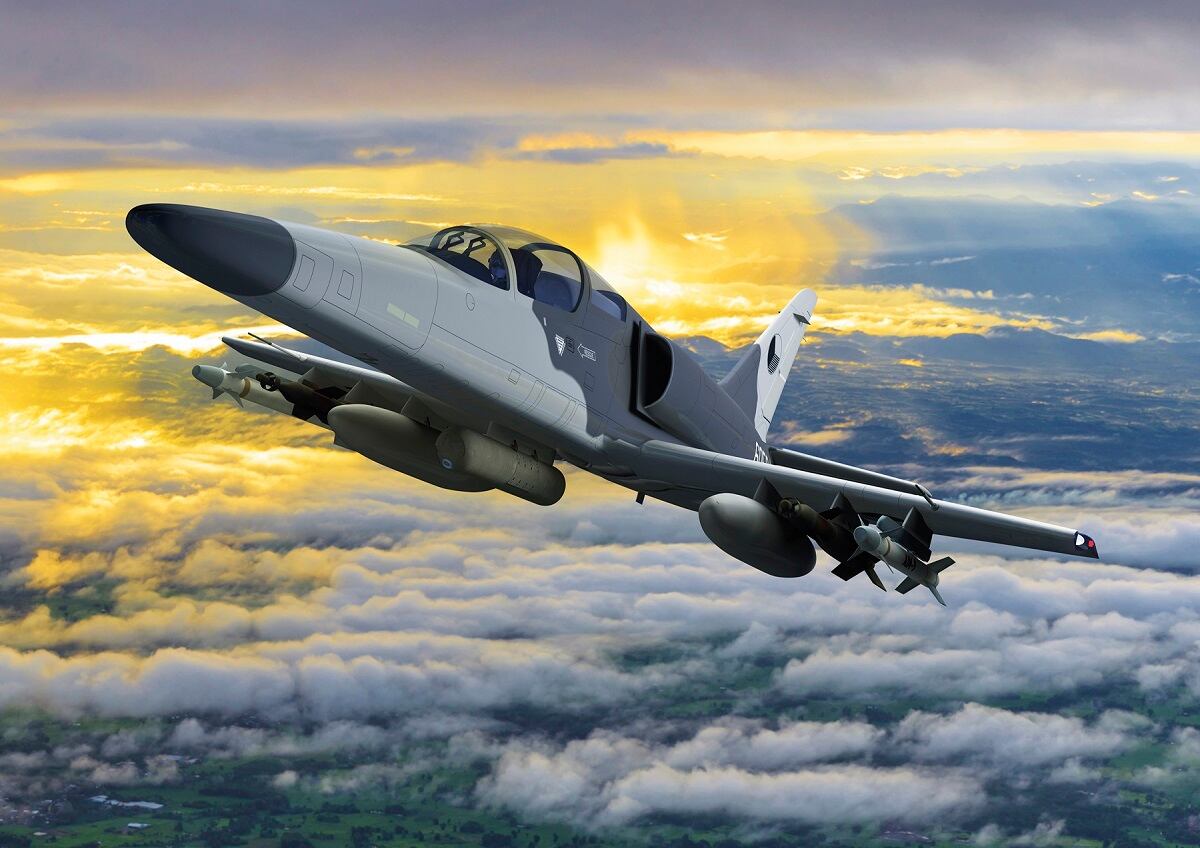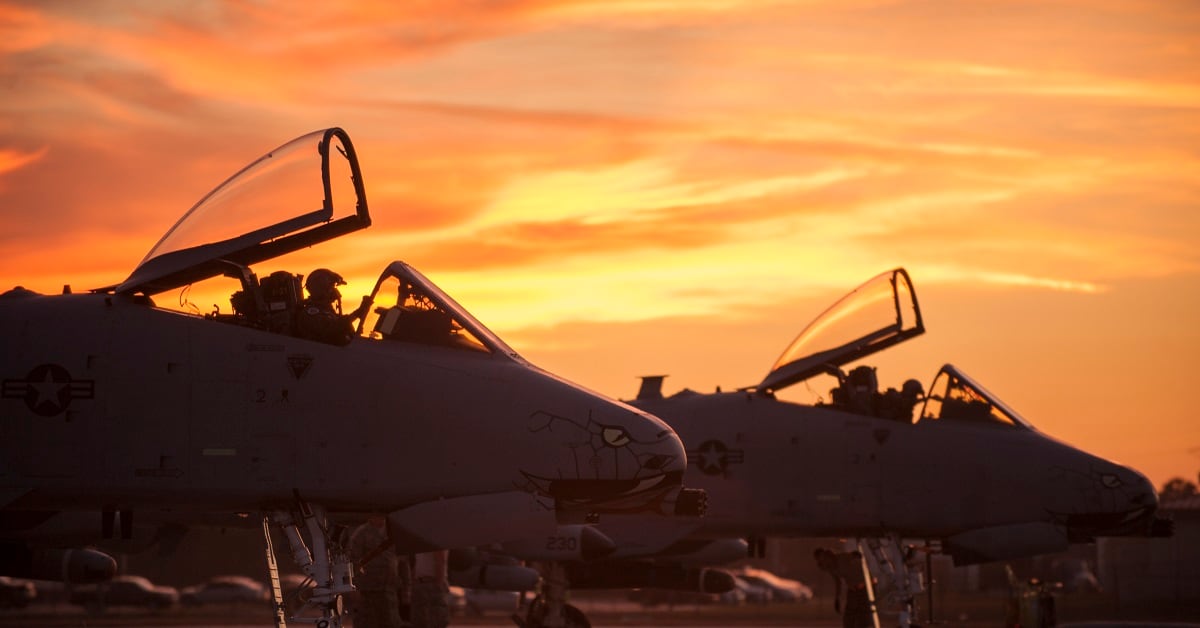WASHINGTON — The U.S. Air Force is preparing to begin buying light-attack aircraft next year — and the winner is going to be either Textron’s AT-6 Wolverine or the Sierra Nevada Corp.-Embraer A-29 Super Tucano.
According to a pre-solicitation posted on FedBizOpps on Aug. 3, the service will put out a final request for proposals to the two competitors in December with the hopes of awarding a contract by the end of September 2019.
However, Air Force spokeswoman Ann Stefanek told Defense News on Monday that service leaders have not yet made a final decision on whether to greenlight a program of record. Should that happen, the pre-solicitation will ensure that the service can move as quickly as it would like to eventually procure new planes, she said.
If the new weapons program moves forward, it appears the service will limit the competition to the two aircraft currently involved in the service’s light-attack experiment. The pre-solicitation states that SNC and Textron Aviation “are the only firms that appear to possess the capability necessary to meet the requirement within the Air Force’s time frame without causing an unacceptable delay in meeting the needs of the warfighter.”
The Air Force’s decision to only consider the A-29 and AT-6 had been foreshadowed by officials' rhetoric, like that of Lt. Gen. Arnold Bunch, its top uniformed acquisition officer, who repeatedly stated that the service would likely limit a competition to those two participants.
“The whole way we got to where we’re at, we put out an invitation to participate, and we only had two that met all of the criteria that we were looking for,” Bunch said in July. “We experimented with those, and they performed well enough that we did another phase, and those are the only two that we invited in [for phase two]. So at this point right now I’m seeing it as a competition between two airplanes.”
RELATED

However, the determination pours cold water on several potential competitors who either didn’t make it to the second phase of the experiment — like the AT-802L Longsword built by L3 Technologies and Air Tractor — or foreign firms like Czech aerospace manufacturer Aero Vodochody or South Africa’s Paramount Group, which had hoped the U.S. Air Force would run a full and open competition.
Air Force officials in favor of buying new light-attack aircraft believe investing in low-cost, off-the-shelf planes will yield long-term cost savings, as those aircraft will be able to accomplish low-end missions at a lower cost per flight hour compared to the fourth- and fifth-generation fighters currently operating in the Middle East.
“We must develop the capacity to combat violent extremism at lower cost,” Air Force Secretary Heather Wilson said in a statement released Monday afternoon. “Today’s Air Force is smaller than the nation needs and the light attack aircraft offers an option to increase the Air Force capacity beyond what we now have in our inventory or budget."
Service leaders are also hopeful that if the U.S. Air Force signs on to buy light-attack planes, other countries engaged in the counterterrorism fight may also join in on the buy, lowing the price per plane for all customers and making it easier for their militaries to cooperate during coalition missions.
“It is important to look at the light attack aircraft through the lens of allies and partners,” Air Force Chief of Staff Gen. Dave Goldfein said in a statement. “An interoperable light attack aircraft that delivers common architecture and intelligence-sharing network capabilities will enhance our collective ability to compete, deter and win across all domains.”
The pre-solicitation release follows the conclusion of the final leg of experiments between the AT-6 and A-29. Both planes began a series of flight demonstrations at Holloman Air Force Base, New Mexico, in May.
RELATED

However, after an A-29 crash resulted in the death of a naval aviator flying the plane, the Air Force canceled the rest of the planned flights. A spokeswoman said then that about 90 percent of the flying portion of the experiment had been completed before the mishap.
Since then, Textron and SNC have submitted additional maintenance data to the Air Force.
Michael Rambo, Textron’s director of defense sales, said the company had delivered most of the required information as of July 14 and that it was standing by to hear whether it could provide any further support, as the Air Force conducted additional tests of a network on which the light-attack aircraft would run.
“The airplanes that we had out there were very successful in demonstrating some of that network capability, so as the Air Force continues to refine it, we’re standing ready to assist them in that refinement,” he said.
Valerie Insinna is Defense News' air warfare reporter. She previously worked the Navy/congressional beats for Defense Daily, which followed almost three years as a staff writer for National Defense Magazine. Prior to that, she worked as an editorial assistant for the Tokyo Shimbun’s Washington bureau.







